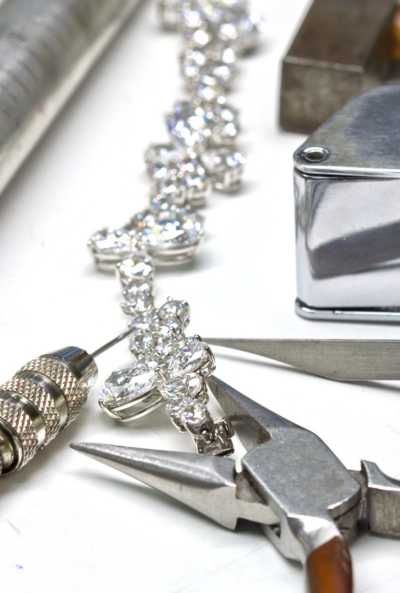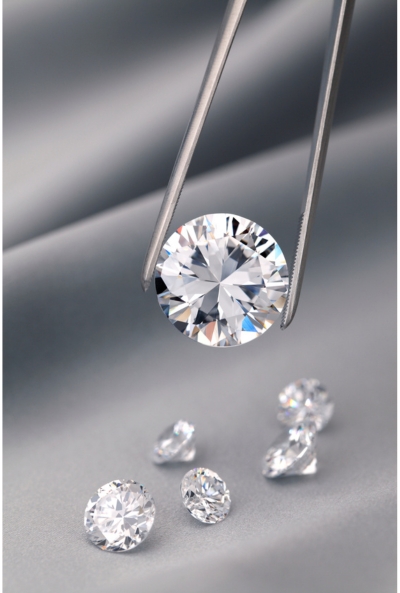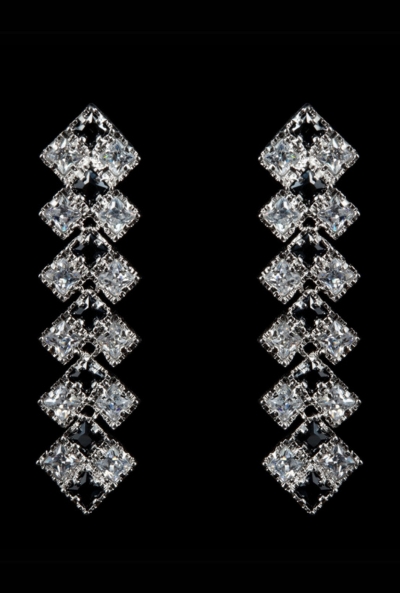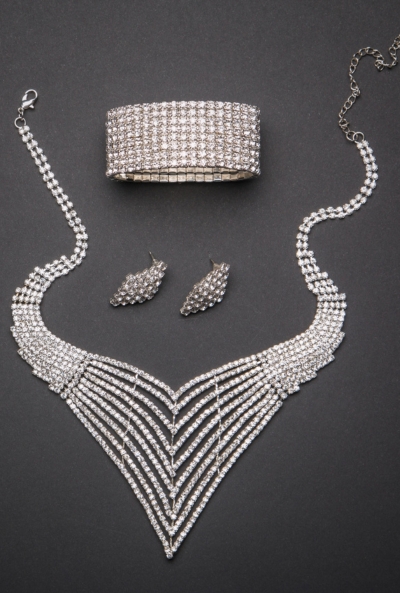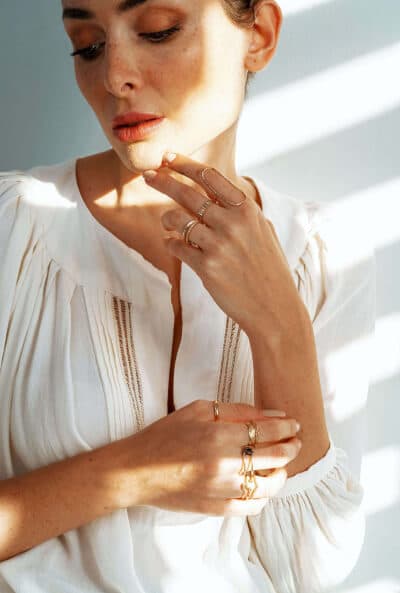
Why I Fell in Love with the Pear Shaped Diamond Ring
When I first started looking for a diamond ring I was drawn to the pear shaped diamond ring. The graceful teardrop shape felt romantic and unique. Over the years working closely with clients at Dialmaz and testing different cuts settings and proportions myself I discovered exactly why the pear cut stands out so beautifully.
What Makes the Pear Cut So Special
The beauty of a pear diamond also known as a teardrop shape lies in its hybrid design. It combines the rounded brilliance of a round cut diamond with the elegance of a marquise point. When I handled a few pear shaped stones I was struck by how large they look compared to their carat weight. The length gives a strong visual presence without necessarily being the most expensive.
Another advantage is the versatility. You can wear a pear shaped ring with the point facing upward toward the fingernail or tip down toward the wrist. Some people even go for an east west orientation which looks very modern.
What I Learned About Cut Proportions and Symmetry
One of the first lessons I picked up both from Dialmaz and gem experts is how important symmetry is in a pear cut. If the two sides of the teardrop are not balanced or if the tip is misaligned the shape instantly looks uneven.
I spent a lot of time studying length to width ratios. My preferred range is between 1.45 and 1.75 with around 1.50 being the classic teardrop shape. That ratio gives a balanced look not too slim not too wide.
However the pear cut can sometimes show a bow tie effect which is a shadow across the center. In real life a strong bow tie can look dark so I always check videos and real images to avoid stones with a harsh bow tie.
Since fancy shapes like pears do not get an overall cut grade from labs I learned to rely on symmetry polish and proportions along with visual inspection.
Another advantage is the versatility. You can wear a pear shaped ring with the point facing upward toward the fingernail or tip down toward the wrist. Some people even go for an east west orientation which looks very modern.
Choosing the Right Color and Clarity
From my own experiences these combinations work best
Color Pear diamonds can show color more easily than round stones. For white metals like platinum or white gold I prefer G H or better. For yellow or rose gold slightly lower grades can still look great.
Clarity Pear diamonds often hide small inclusions especially near the point. However inclusions in the rounded area are more noticeable. VS2 is a reliable choice but SI1 can also work if inclusions are placed well.
I spent a lot of time studying length to width ratios. My preferred range is between 1.45 and 1.75 with around 1.50 being the classic teardrop shape. That ratio gives a balanced look not too slim not too wide.
However the pear cut can sometimes show a bow tie effect which is a shadow across the center. In real life a strong bow tie can look dark so I always check videos and real images to avoid stones with a harsh bow tie.
Since fancy shapes like pears do not get an overall cut grade from labs I learned to rely on symmetry polish and proportions along with visual inspection.
Another advantage is the versatility. You can wear a pear shaped ring with the point facing upward toward the fingernail or tip down toward the wrist. Some people even go for an east west orientation which looks very modern.
Setting Choices and Protecting the Pear
One thing I learned quickly is that the point of a pear diamond needs protection. In my early designs at Dialmaz I always added a V prong or a strong prong at the tip.
Some settings I love
V prong with a total of six prongs offers strong security while keeping the teardrop visible.
Hidden halo enhances the sparkle and makes the center stone appear larger.
Bezel settings provide the highest protection and are ideal for people with active lifestyles.
Mistakes I Avoided and Lessons I Learned
Over the years while designing pear shaped rings I made and corrected several mistakes. Here are the most important lessons
Do not rely only on certificates because pear cuts do not receive a cut grade. Study the proportions and symmetry.
Always review high quality videos instead of photos.
Choose secure prongs especially for the tip.
Compare millimeter size not only the carat weight.
Check the bow tie effect and avoid overly dark ones.
Caring for a Pear Shaped Diamond Ring
Because I have worn pear shaped diamond rings myself I follow a simple care routine.
Clean the ring using warm water mild soap and a soft brush.
Get the prongs checked by a professional every few months.
Store the ring separately to protect the tip.
Consider insurance because pear shaped rings carry sentimental and financial value.
Why I Recommend a Pear Shaped Diamond Ring
From my experience these are the reasons I recommend the pear shaped diamond ring and why many clients at Dialmaz choose it
Elegance and uniqueness. The teardrop shape is graceful and distinctive.
Visual impact. The elongated shape makes the diamond look larger.
Flattering on the hand. The shape naturally elongates the fingers.
Flexible style options. Pear diamonds look beautiful in solitaires halos bezels and three stone designs.
Strong value for the price if chosen with the right proportions and setting.
Final Thoughts on Pear Shaped Diamond Rings
Designing selecting and wearing pear shaped diamond rings has been one of the most enjoyable parts of my work with Dialmaz. The teardrop shape feels timeless modern and full of emotion. When chosen with care the pear shaped diamond ring becomes a lifelong treasure.
If you want I can refine this into a Dialmaz branded blog with SEO formatting internal links and a meta description.

